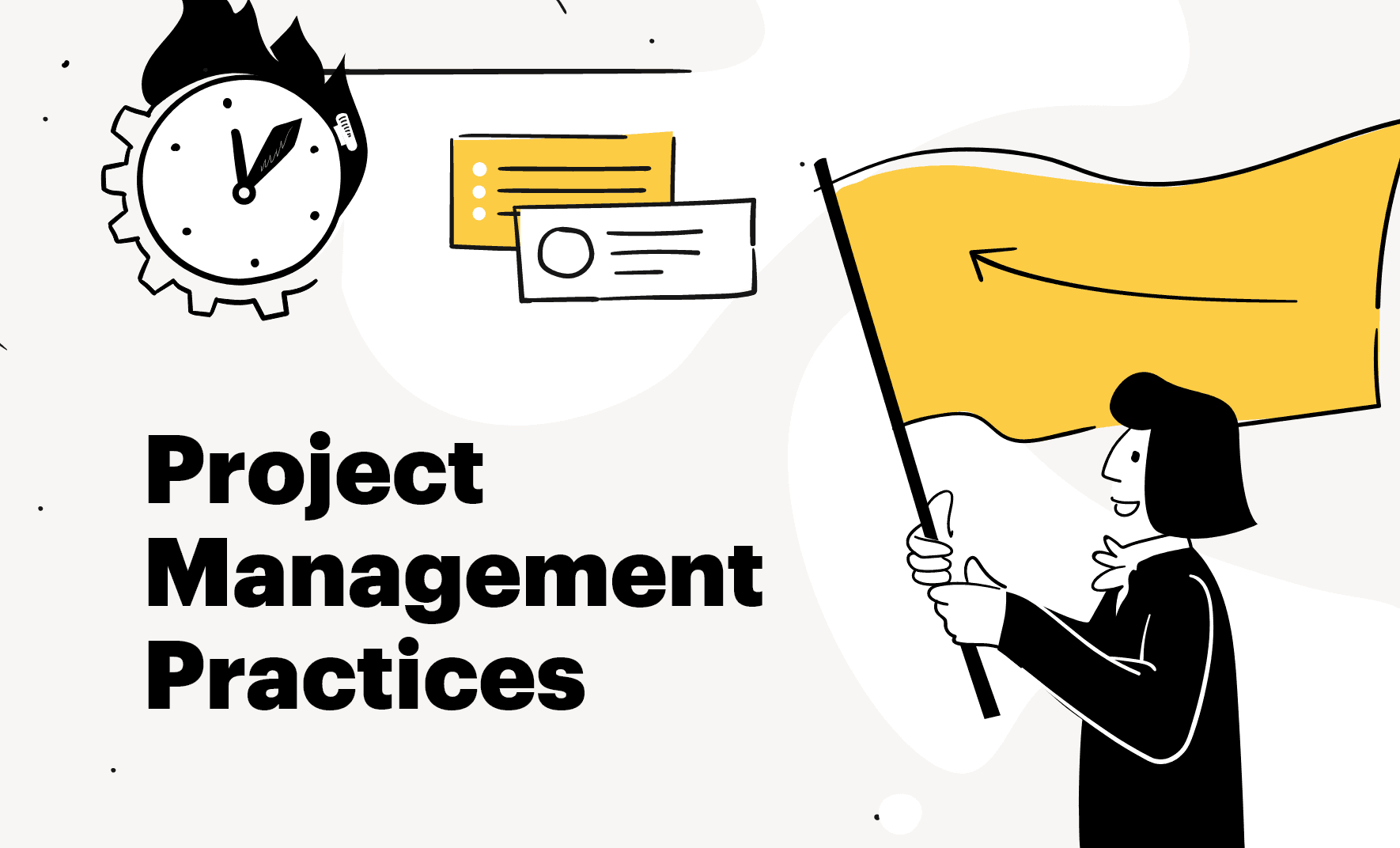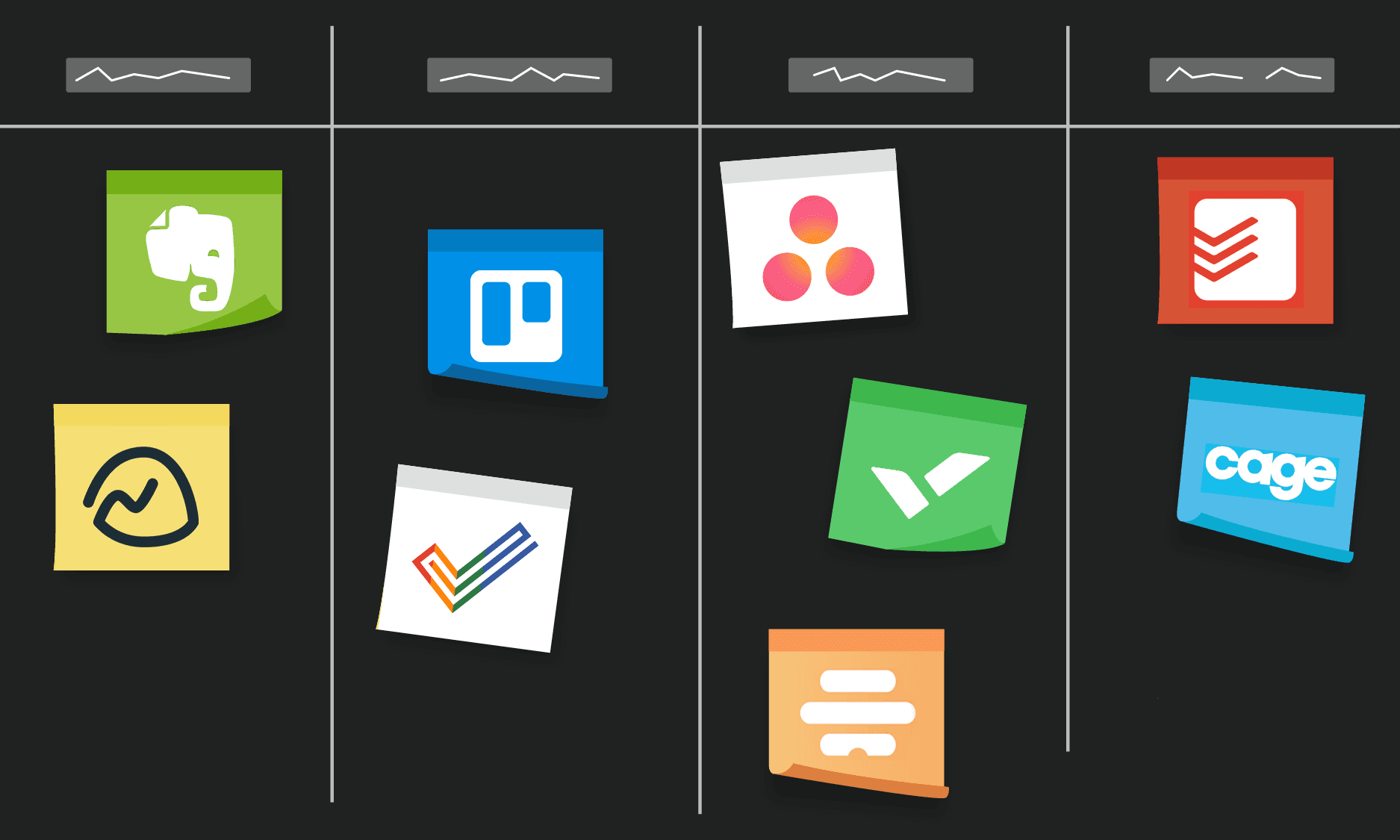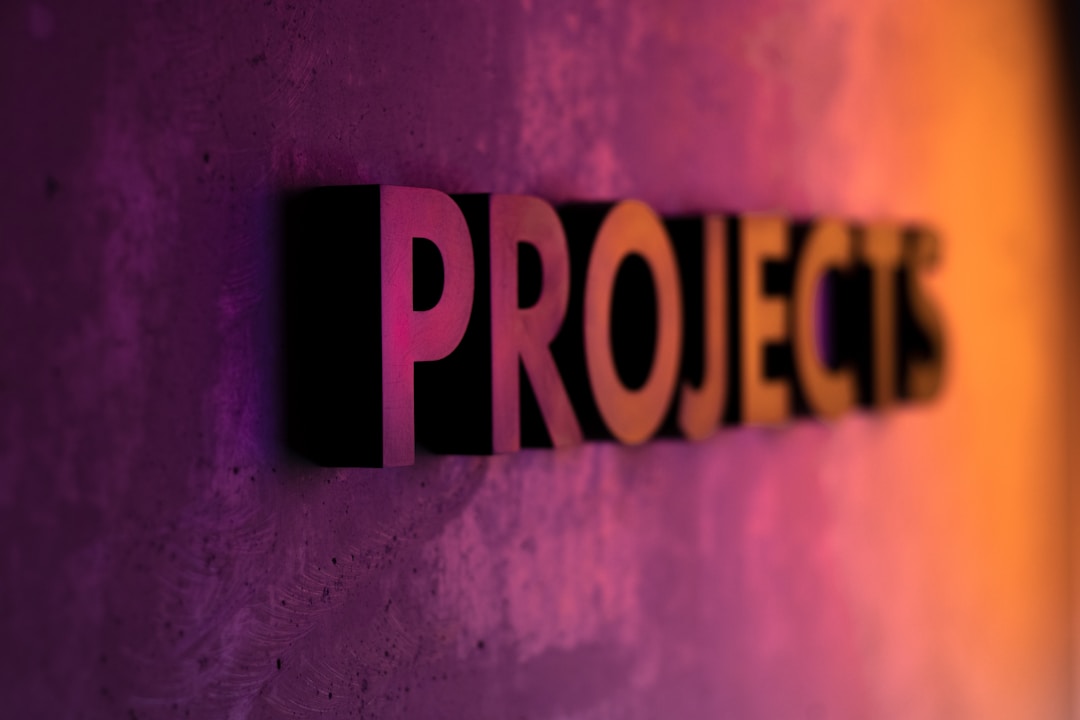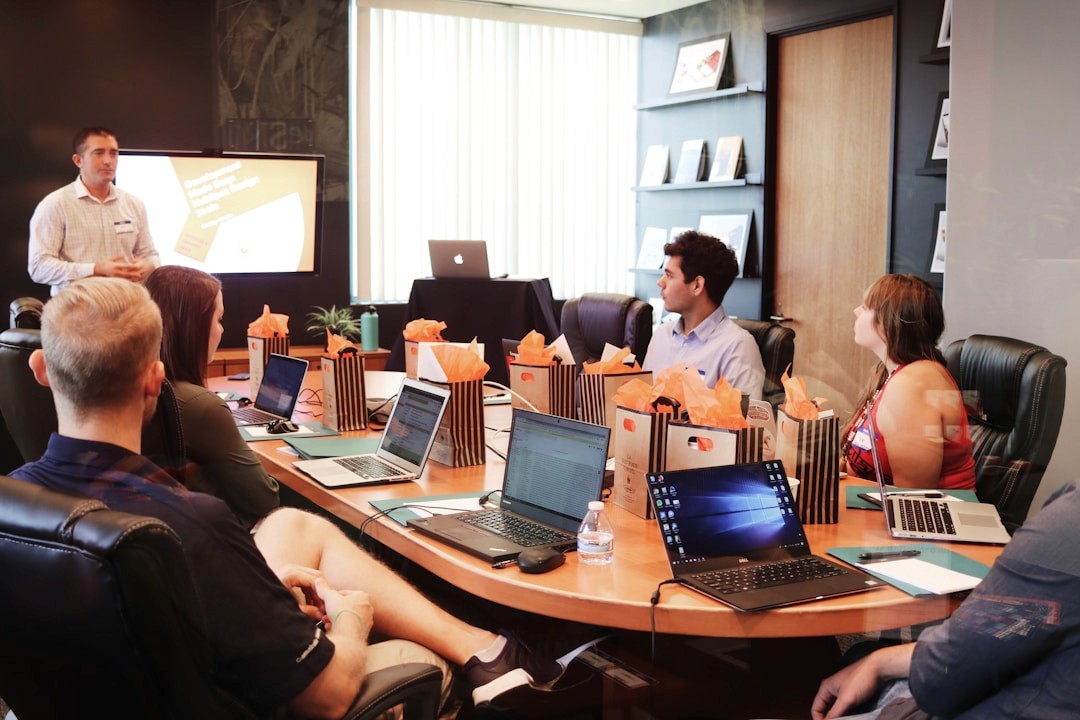Managing projects alone or with a small team exposes to disorganized workflows, missed deadlines, and overwhelming administrative overhead. These issues drain valuable time, reduce client satisfaction, and stunt business growth. As these obstacles multiply, frustration mounts and motivation can quickly evaporate, leaving professionals feeling stuck and overwhelmed.
Fortunately, there is a way to regain control and bring order to the chaos. Solutions exist that transform project complexity into clear, manageable steps, rekindling confidence and focus. Curious about what can turn your project headaches into smooth sailing? Don’t worry, we’re not about to hand you a magic wand — but you might just find something nearly as good.
ClickUp: Comprehensive Customization Meets Task Depth
ClickUp stands out for its extreme flexibility, making it ideal for agency owners who need customizable workflows. It supports everything from simple task lists to detailed 30-60-90 day planning frameworks, enabling long-term project visualization alongside day-to-day task management. This breadth empowers freelancers to switch effortlessly between strategic planning and granular execution without leaving the platform.
ClickUp’s hierarchical structure allows detailed task breakdown, subtasks, and dependencies, critical for complex projects without a dedicated manager. Its robust notification system keeps freelancers on track by prioritizing urgent actions and deadlines. Integrated time tracking and goal-setting features reinforce accountability and measurement, helping solo professionals forecast delivery timelines accurately.
Asana: Structured Waterfall Methodology for Predictability
Asana excels with its support for the waterfall project management methodology, which suits agencies managing sequential workflows with clear phase transitions. For freelancers working on projects with well-defined stages—like design agencies or content agencies—Asana enforces discipline through task dependencies and milestone tracking.
The platform’s timeline and Gantt charts visualize task sequences and deadlines, preventing scope creep by illustrating task relationships. This clarity is essential for agency owners who juggle multiple clients with rigid schedules. Asana’s interface simplifies progress tracking and aligns deliverables to business goals, reducing client friction and improving on-time delivery rates.
Trello: Simplicity and Visual Task Management
Trello’s card-and-board system offers a lightweight, visual approach to project management that suits freelancers managing smaller or less complex projects. The recent addition of advanced list features enhances workflow customization without overwhelming users with unnecessary complexity.
Freelancers benefit from Trello’s drag-and-drop interface for easy task prioritization and quick status updates. It fosters client collaboration by sharing boards for transparent progress tracking. Trello’s integrations with other tools extend its functionality, enabling freelancers to automate routine updates and reminders effectively.
Wrike: Powerful Scheduling and Calendar Management
Wrike’s standout feature is its project manager calendar, designed for detailed scheduling and resource allocation. Agency owners who balance multiple projects and client deadlines find Wrike invaluable for visualizing workload distribution.
Its calendar integrates task dependencies, time tracking, and collaboration notes into a unified timeline. Freelancers use Wrike to avoid overcommitment by monitoring overlapping deadlines and resourcing needs. Its real-time updates and reporting features help maintain transparency with clients, reinforcing professionalism and trust.
Zoho Projects: Integrated Plus Plan for End-to-End Management
Zoho Projects Plus extends basic project management into comprehensive work management by integrating issue tracking, timesheets, and customer portals. Freelancers managing end-to-end client projects—especially in consulting or technical fields—leverage this integration to centralize all project elements.
Zoho’s advanced automation reduces manual coordination, while its analytics dashboard highlights bottlenecks and resource utilization. The platform’s scalability supports freelancers as they grow into agency owners, providing tools for portfolio management without forcing migration to new software.
Monday.com: Driving Velocity Through Visual Development Tracking
Monday.com emphasizes development velocity, making it particularly suited for agencies working on iterative, product-focused projects. Its visual dashboards and real-time analytics track team performance and project progress with granular control.
Freelancers and agency owners utilize Monday.com to monitor sprint cycles, prioritize backlog items, and analyze throughput metrics. This data-driven approach drives continuous improvement and efficient delivery schedules, enhancing client satisfaction in fast-paced marketing or design projects.
Jira: Precision for Personal and Agile Productivity
Jira offers unmatched capabilities for managing agile projects, favored by technical and software development agencies. Its personal productivity features support freelancers by breaking down complex workflows into actionable tickets with strict prioritization.
The platform’s robust reporting, sprint planning, and issue tracking enable freelancers to maintain tight control over deliverables. Even without a full team, Jira helps professionals organize backlogs, manage dependencies, and automate repetitive tasks, driving consistency and reliability.
Basecamp: All-in-One Simplicity with Fixed Pricing
Basecamp provides an all-in-one project collaboration hub that simplifies communication, task management, and file sharing. Its flat pricing model makes it attractive for freelancers and small agencies seeking predictable costs without sacrificing core project management capabilities.
By consolidating conversations, deadlines, and deliverables in one place, Basecamp reduces tool fatigue and streamlines client interactions. Its ease of use minimizes onboarding time and keeps clients engaged with accessible project visibility.
Smartsheet: Spreadsheet-Powered Project Control
Smartsheet marries spreadsheet familiarity with robust project management features. Agency owners comfortable with Excel-like interfaces find Smartsheet a natural fit for managing tasks, budgets, and schedules.
Its automation and reporting capabilities empower freelancers to enforce process consistency while providing granular control over resource allocation. Smartsheet’s ability to handle complex projects with multiple stakeholders makes it a strong candidate for agencies expanding their client base.
Microsoft Project: Enterprise-Grade Planning for Solo Efficiency
Microsoft Project delivers enterprise-level planning tools tailored for in-depth schedule management and resource planning. Freelancers needing detailed Gantt charts, task dependencies, and timeline forecasting use Microsoft Project to avoid surprises and missed deadlines.
Recent updates have improved integration with Microsoft Planner, enabling better collaboration and personal task management. This platform suits agency owners transitioning from simple tools to scalable, professional-grade project management without losing accessibility.
TeamWork: Skill-Based Resource Matching and Collaboration
TeamWork specializes in matching projects with the right skills, which benefits agencies managing diverse project types. Its resource management tools help freelancers prioritize tasks based on expertise, availability, and project complexity.
The platform facilitates collaboration through shared calendars, time tracking, and client portals, ensuring transparency and alignment. TeamWork’s focus on optimizing human capital makes it ideal for freelancers expanding into boutique agency roles.
Celoxis: ROI-Focused Project Management Insights
Celoxis combines project management with ROI tracking, providing freelancers and agency owners with actionable financial insights. Its integrated dashboards link project costs, resource utilization, and profitability metrics.
This financial visibility empowers freelancers to make data-driven decisions, optimize pricing, and manage client budgets proactively. Celoxis helps bridge the gap between project execution and business outcomes, ensuring sustainability and growth.
Miro: Agile Visual Management and Collaborative Whiteboarding
Miro enhances project planning and brainstorming with its interactive whiteboard platform. Agile teams and freelancers use Miro to visualize workflows, map user journeys, and facilitate remote collaboration.
Its real-time editing and template library accelerate ideation and feedback loops, essential for creative agencies managing iterative client projects. Miro’s flexibility makes it a staple for visual project management and dynamic team engagement.
Notion: Streamlined Knowledge Management and Workflow Automation
Notion blends note-taking, task management, and database functionalities into a single workspace. Freelancers use Notion to document processes, track project statuses, and automate repetitive workflows.
The platform’s modular design adapts to diverse project types, enabling agency owners to build tailored dashboards that align project milestones with operational goals. Notion drives efficiency by centralizing information and reducing tool fragmentation.
Conclusion
Choosing the right project management tool depends on factors like project complexity, client communication, and workflow style. Some platforms excel at structured task and timeline management, while others focus on visual workflows or agile process control. Certain tools offer deep financial insights and resource tracking, supporting agency growth. Creative and knowledge-based projects benefit from collaborative and visual management features.
Understanding these strengths helps freelancers and agency owners create a project management system that boosts efficiency, ensures transparency, and enhances client satisfaction. These qualities are vital for scaling effectively without a dedicated project manager. Pinrom offers a powerful, affordable solution—available at just $1 per user—making it an accessible choice for agencies aiming to optimize their project management without breaking the bank.
Try Pinrom today and experience professional project management without the premium price tag.



